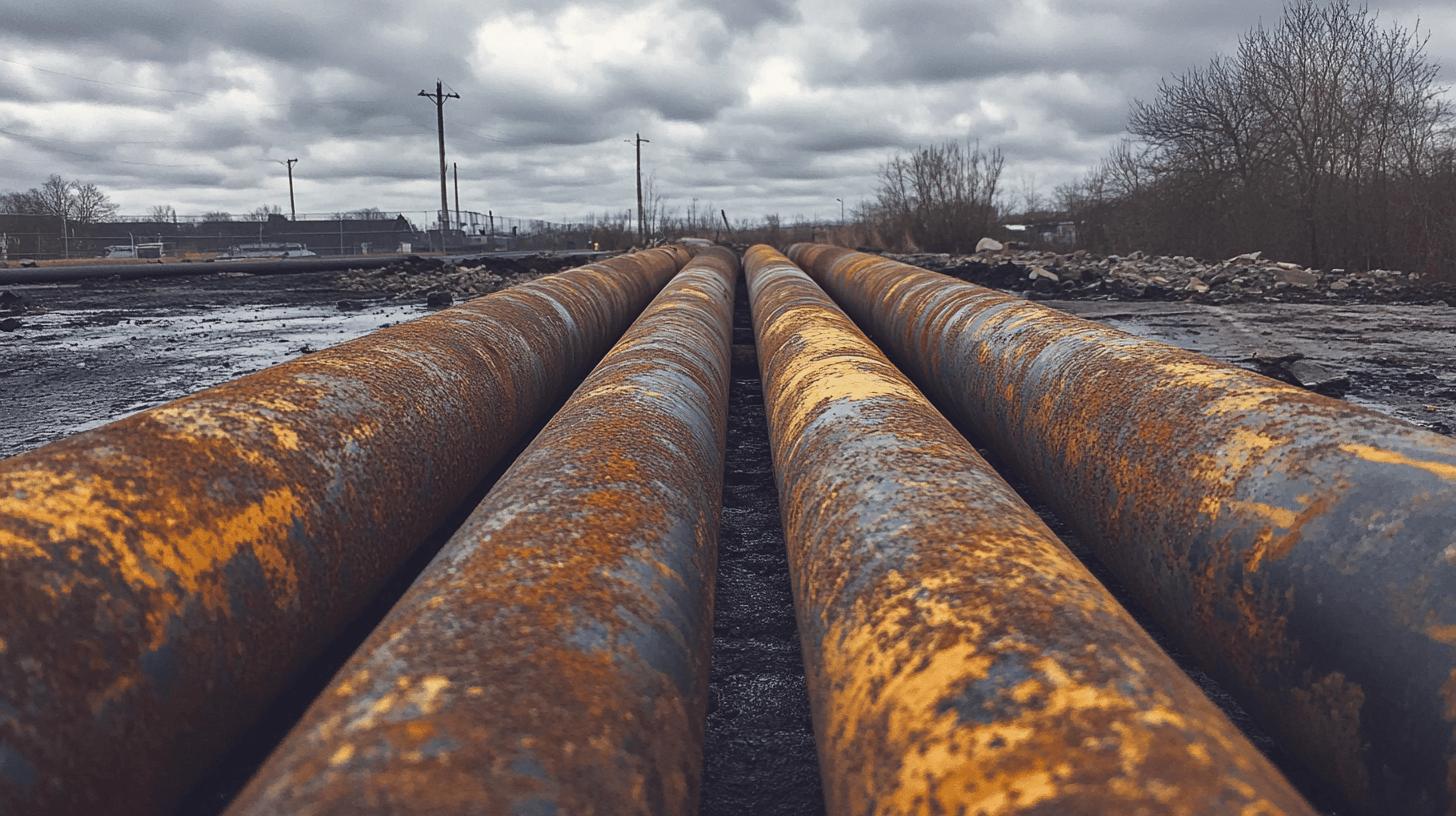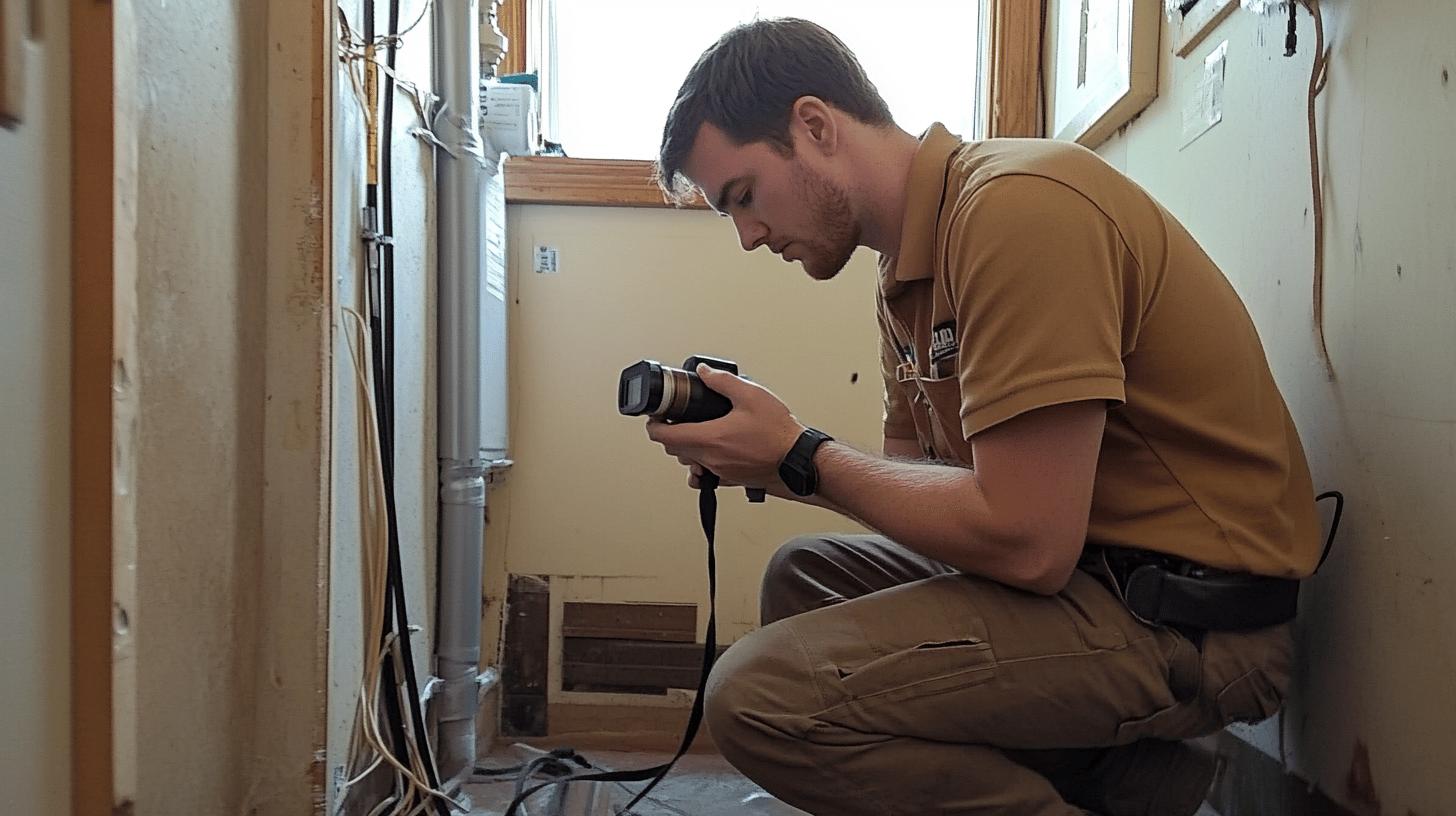TL;DR:
- Signs to Replace Cast Iron Sewer Pipe: Slow draining, frequent leaks, visible rust, unusual odors, structural damage (e.g., sagging floors).
- Lifespan of Cast Iron Pipes: Typically around 50 years; can last over a century under ideal conditions.
- Risks of Delay: Leads to leaks, sewer backups, health risks, property damage, and higher repair costs.
- Cost Range for Replacement: $3,000 – $10,000; influenced by complexity, labor rates, and accessibility.
- Professional Inspection Methods: Traditional checks vs. modern video camera inspections for non-invasive, accurate diagnostics.
- Hiring a Professional: Essential at first signs of deterioration; seek licensed, insured plumbers for effective service.
Ever think about the old cast iron sewer pipes under your home? They might be tough, but as they get older, they can cause big problems. In this article, we’ll look at when it’s time to replace these pipes so you can avoid any nasty surprises. We’ll cover signs like slow-draining sinks and bad smells that show your sewer pipe is on its last legs. Spotting these signs early can help you avoid expensive repairs and keep your plumbing working well.
Signs Indicating It’s Time to Replace Your Cast Iron Sewer Pipe
If your sinks are draining slowly and you’re seeing leaks, it might be time to pay attention to your old cast iron sewer pipes. These signs can mean bigger problems down the line. When pipes start to corrode, debris can build up inside, slowing down water flow. Leaks can happen from cracks or weak spots, and if you don’t deal with them, you could end up with mold or even damage to your home.
Look out for rust and strange smells, too. Rust means your pipes are corroding, and bad odors could mean sewage gases are escaping, which points to blockages or leaks. If you notice sagging floors near your plumbing, that could also mean your pipes are weakening. Catching these issues early can save you a lot of money in repairs later on.
Key Indicators of Pipe Issues:
- Slow Draining: Signals debris buildup and reduced flow.
- Frequent Leaks: Often due to cracks or weak joints.
- Visible Rust: Implies corrosion and structural risk.
- Unusual Odors: From sewage gases escaping through leaks.
- Structural Damage: Includes sagging floors or walls near plumbing.
Understanding the Lifespan of Cast Iron Pipes

How long do cast iron pipes last? Usually, they last about 50 years, but they’ve been around since the 17th century and can sometimes go over a century if conditions are right. Even though they’re tough, old pipes can start to have problems like corrosion and leaks if they’re not taken care of.
Things like soil acidity, moisture, and stray electrical currents can speed up corrosion. To help your pipes last longer, regular inspections and repairs are key. If you ignore maintenance, it can really shorten their lifespan. If you have old plumbing, it’s important to understand these factors to keep your system in good shape.
|Factor |Impact on Lifespan |
|———————–|————————————-|
|Soil Acidity |Speeds up external corrosion |
|Moisture Levels |Increases rust and decay |
|Stray Electrical Currents|Leads to electrochemical corrosion |
|Maintenance Frequency |Influences condition and durability |
Risks of Delaying Sewer Pipe Replacement
What are the immediate risks of putting off pipe replacement? Old cast iron pipes can lead to leaks and sewer backups. When they corrode and crack, water can escape or get blocked, causing serious issues. These problems can worsen, leading to bad odors and health risks from mold or mildew. It’s important to tackle these problems quickly to keep your plumbing system working well and your home safe.
Ignoring old pipes can also result in water damage and higher repair costs. As pipes continue to break down, they can damage your home’s structure, like foundations or floors. This can lead to costly repairs that go beyond just plumbing and can hurt your home’s value. Fixing pipe problems early can save you money and prevent major damage.
Regular inspections by professionals are crucial, especially for pipes older than 40 years. Experienced plumbers use special tools to find hidden problems. Their evaluations help catch issues before they turn into major headaches, allowing for timely repairs or replacements. Trusting experts to maintain your plumbing system reduces the risk of sudden failures and unexpected costs. Frequent check-ups keep your sewer pipes in good shape and working effectively.
Professional Inspection and Diagnosis Methods

Traditional pipe inspections usually involve physical checks, probing, and listening for leaks. While these methods can help, they often lack accuracy and can be disruptive to your home. Plus, they might miss hidden problems inside the pipes, leaving some issues unresolved.
On the other hand, advanced techniques like video camera inspections have changed the game. A small camera on a flexible rod provides a clear, real-time look inside the pipes without any digging. This allows professionals to spot internal corrosion, blockages, or cracks, leading to accurate diagnoses and effective repair plans. Using these tools ensures thorough assessments and efficient solutions, making the whole process easier and more reliable.
Benefits of Modern Techniques:
- Non-Invasive: Avoids extensive digging, reducing disruption.
- Accurate Diagnostics: Pinpoints damage or blockages precisely.
- Early Detection: Identifies issues before they worsen.
- Cost-Effective: Saves time and money on repairs.
Cost Considerations for Replacing Cast Iron Sewer Pipes
How much does it cost to replace cast iron pipes? Typically, you’re looking at a price range of $3,000 to $10,000. The final cost depends on the extent of the work, labor rates, and how complex the project is. If the pipes are hard to reach or require a lot of digging, expect the costs to go up. Labor rates can also vary by region, so it’s good to understand these factors to budget accordingly.
Replacing pipes early can actually save you money in the long run. Old pipes often need frequent repairs, which can really add up. By replacing them before they fail completely, you can avoid those accumulating repair costs. Plus, frequent fixes can lead to more damage, so being proactive about pipe replacement protects your home from potential water damage.
When getting quotes from professionals, make sure to collect several from licensed plumbers to compare market rates. Check the scope of work, materials, and any extra services included. Look for clear pricing without hidden fees. Also, checking references and reviews will help you find reliable service. Taking the time to evaluate quotes carefully can help you make informed decisions and potentially save money.
Cost Factors:
- Work Complexity: Extensive projects cost more.
- Labor Rates: Regional differences impact total cost.
- Access Difficulty: Hard-to-reach pipes increase labor costs.
- Material Quality: Higher-end materials may raise costs.
- Extra Services: Additional services can add to expenses.
The Role of Professional Plumbers in Pipe Replacement

When should you hire a professional plumber to replace cast iron pipes? You should definitely call one as soon as you notice any signs of deterioration. Professionals have specialized tools and expertise that allow them to diagnose problems accurately and replace pipes effectively. They can spot issues that you might not notice, which can save you from costly repairs down the line. Plus, experienced plumbers use methods like trenchless technology, which reduces disruption and helps keep your property intact.
To find a qualified plumbing contractor, look for someone who is licensed and insured with a solid track record in pipe replacement. Check their experience with similar projects and read client reviews to gauge their reliability. It’s also smart to get multiple quotes to compare costs and services. A good contractor will provide you with a detailed action plan and cost estimate, making it easier for you to make an informed decision.
Advantages of Professional Plumbers:
- Accurate Diagnostics: Detects hidden issues precisely.
- Efficient Replacement: Uses advanced techniques for minimal disruption.
- Cost-Effective Solutions: Prevents future costly repairs by addressing issues early.
Final Words
Knowing when to replace your cast iron sewer pipe is essential to avoid expensive damage and interruptions. If you spot signs of aging pipes, like slow drainage and frequent leaks, addressing these issues early can save you a lot of trouble.
Understanding that cast iron pipes typically last about 50 years and recognizing the risks of waiting too long for a replacement will help you make better maintenance and repair decisions.
Bringing in experienced plumbers for the replacement ensures the job is done accurately and efficiently, protecting both your home and your wallet. Take proactive steps now to keep your plumbing system worry-free.
FAQ
When should cast iron sewer pipes be replaced?
A: Aging cast iron sewer pipes should be replaced if you notice slow draining, frequent leaks, unusual odors, visible rust, or structural damage indicating deterioration.
How do I know if my cast iron pipe needs replacing?
A: Signs your cast iron pipe needs replacing include frequent blockages, slow drainage, unusual odors, and visible rust or corrosion indicating the pipe’s aging and deterioration.
How long do cast iron sewage pipes last?
A: Cast iron sewage pipes typically last around 50 to 100 years. Factors such as environmental conditions and lack of maintenance can cause them to degrade sooner.
Does insurance cover replacing cast iron pipes?
A: Insurance coverage for cast iron pipes varies, often depending on the pipe’s condition and your specific policy. Check with your provider for details on coverage options.
Should I replace cast iron sewer pipe with PVC?
A: Replacing cast iron sewer pipes with PVC can improve longevity and prevent future blockages or corrosion. Consult a professional plumber to evaluate your specific situation.
How much does cast iron sewer pipe replacement cost?
A: Replacement costs vary, generally ranging from $3,000 to $10,000, depending on the extent of work required and local labor rates. Professional assessments help tailor estimates.
What is the cost of epoxy lining for cast iron pipes?
A: The cost of epoxy coating cast iron pipes can vary widely, often depending on the length and condition of the pipe. On average, it may range between $80 to $250 per foot.
Would a cast iron sewer pipe repair sleeve help?
A: A repair sleeve can address minor damage in cast iron pipes but may not be suitable for severe corrosion or widespread deterioration. A professional evaluation is advised.

